The randonneur, or rando bike, is a self-sufficient tour bike built on late 80’s technology, designed for brevet cyclists. These bikes embody versatility, comfort, and top-tier performance. While they were popular in the past, there has been a recent surge in their popularity.
Randonneur bikes are considered high-performance vintage bikes, offering a unique feel and performance. They were a precursor to modern hybrid and tour bikes, with features such as upright comfortable seats, durability, and versatility. Even today, many randonneur bikes are still made based on 80’s technology, and they are loved for their simplicity, vintage look, reliability, and ability to carry bags.
What Is A Randonneur Bike?
Randonneur bikes, also known as Audax, are used in long-distance cycling events where riders compete on vintage tour bikes or custom-made Randonneur bikes over courses of 120 miles or more. The sport, which originated in the late 1800s, involves passing through preset checkpoints on roads, pavements, and trails within certain time limits.
Randonneur bikes are considered precursors to modern hybrid and gravel bikes, offering a balance between the speed and maneuverability of road bikes and the comfort and durability of touring bikes. The sport is non-competitive, with the goal being to complete the course within the set time limit. Randonneurs who finish the course are recognized for their achievement.
Additionally, the sturdiness and stability of Randonneur bikes make them suitable for bike-packing and touring. Some modern Randonneur bikes are also used in regular road racing, light touring, and all-terrain events.
What Makes Randonneur Bikes Worthwhile?
Technically, any human-powered, one-meter wide wheeled contraption can be used as a Randonneur bike. But fans prefer the more efficient and well-made design of the 80s. This classic style has several distinct features, which we’ll discuss in the next paragraphs.
Handle Bars and Rando Bags
Drop handlebars are found on most bikes because they allow for different hand positions, making it easier to switch between comfort, power, and speed as needed. They also have plenty of space for attaching accessories like a rando bag, which is great for long-distance rides.
Recomended: Buy Ibera Bike Handlebar Bag from Amazon. Its Handy and last a long time.
Low Trail Design
The design of the bike prioritizes front loading, with larger fork offsets for improved stability and handling when carrying a heavy bag. This “low trail” design enhances steering responsiveness and accuracy, despite the added weight of the attached bag.
Fenders and Mud-Flaps
Enthusiasts of classic bikes appreciate the full coverage provided by the fenders and mudguards, which allow the bikes to be used in any weather and situation. These components are only taken off when cyclists choose to use larger wheels.
Riding Comfort
Some folks never reach the finish line and just give up. The main reason for dropping out is the discomfort – like shoulder or neck pain, saddle soreness, numb hands, and fatigue. These little annoyances that you can put up with for short rides become unbearable during long ones.
That’s why Randonneur bikes are designed to be super comfy, allowing you to ride without feeling beat up. This makes it easier to keep going and travel longer distances.
Medium-Width Tires
The old models ride best with a 650b (27.5 inches) wheel because it offers great stability, maneuverability, and acceleration.
Reliability And Speed
When you’re heading out for a ride longer than 120 miles (about 200 km), it’s important to pick a bike that’s put together really well because parts on long-distance bikes can easily break. To be a successful randonneur, it’s not just about covering the distance but also about going fast. That’s why randonneur bikes stick to the old 80’s design – they’re simple, with fewer moving parts, and so they’re more durable and less likely to break.
When you’re taking part in a brevet, you don’t need to sprint for a short time, but you do need to be efficient enough to get better speed with the same effort. That’s why these bikes are designed to be fast and lightweight, with a frame shape that reduces air resistance and friction.
Proper Lighting
Randonneuring requires proper lighting for clear vision at night and to make your presence known on the road. Modern LED lights with smart rechargeable batteries offer twice the brightness at a quarter of the weight of 1980s equipment. Despite the reliance on 1980s technology in Randonneur bikes, they always feature the latest LED lighting.
Recomended: Buy Shark 500 Rechargeable Bike Light on Amazon. Its Bright and last longer.
Frame Material
The bikes from the late 60s to the 80s used lightweight steel frames for a comfy and sturdy ride. Steel was better than carbon fiber or aluminum because it could be made into thinner tubes for a bouncy ride on any terrain.
Some newer bikes use titanium, but lots of fans still like steel for its authenticity and easy repairs. The only downside is that steel can rust if you don’t take care of it.
Frame Geometry
Randonneur bikes are made of steel and don’t have the reinforced stress-prone areas of carbon fiber frames or the versatility of modern gravel bikes. Instead, they focus on increasing the overall structural integrity of the body by having smaller “triangles” in the frame. They also have a longer trail length and a shorter rake length than modern gravel bikes, resulting in a longer wheelbase for added stability.
The chainstays are made long to accommodate fenders and medium-sized wheels, allowing for more heel clearance when using panniers for longer Brevets.
How Does it Compare To Modern Road Bikes?
Randonneur bikes may not be as speedy or nimble as road bikes, but they make up for it with their durability, stability, comfort, and convenience. Their steel frames, although heavier and less aerodynamic than carbon fiber, provide sturdiness and some shock absorption.
These bikes also have a lower center of gravity, which adds stability when carrying heavy loads, and their medium-width tires contribute to this stability.
Recent Popularity And Best Randonneur Bikes
Randonneuring events, like the famous Paris-Brest-Paris, have been a big deal for about a hundred years, attracting tons of fans. The U.S. got into it in a big way when a national organization was set up in 1998. People started getting more into sustainable and affordable steel bikes due to increased environmental awareness, economic struggles, and more folks biking to work.
In the 2000s, there was a resurgence of interest in touring and a love for old-school rando bikes. Around 2015 to 2017, there was a big comeback for the old models, with well-known companies and small bike shops offering custom hand-crafted designs while keeping that classic vibe.
Check out some of the best rando bikes below:
Soma Grand Randonneur

JP Weigle Randonneur

Masi Speciale Randonneur Elite

Vivente World Randonneur Swabia
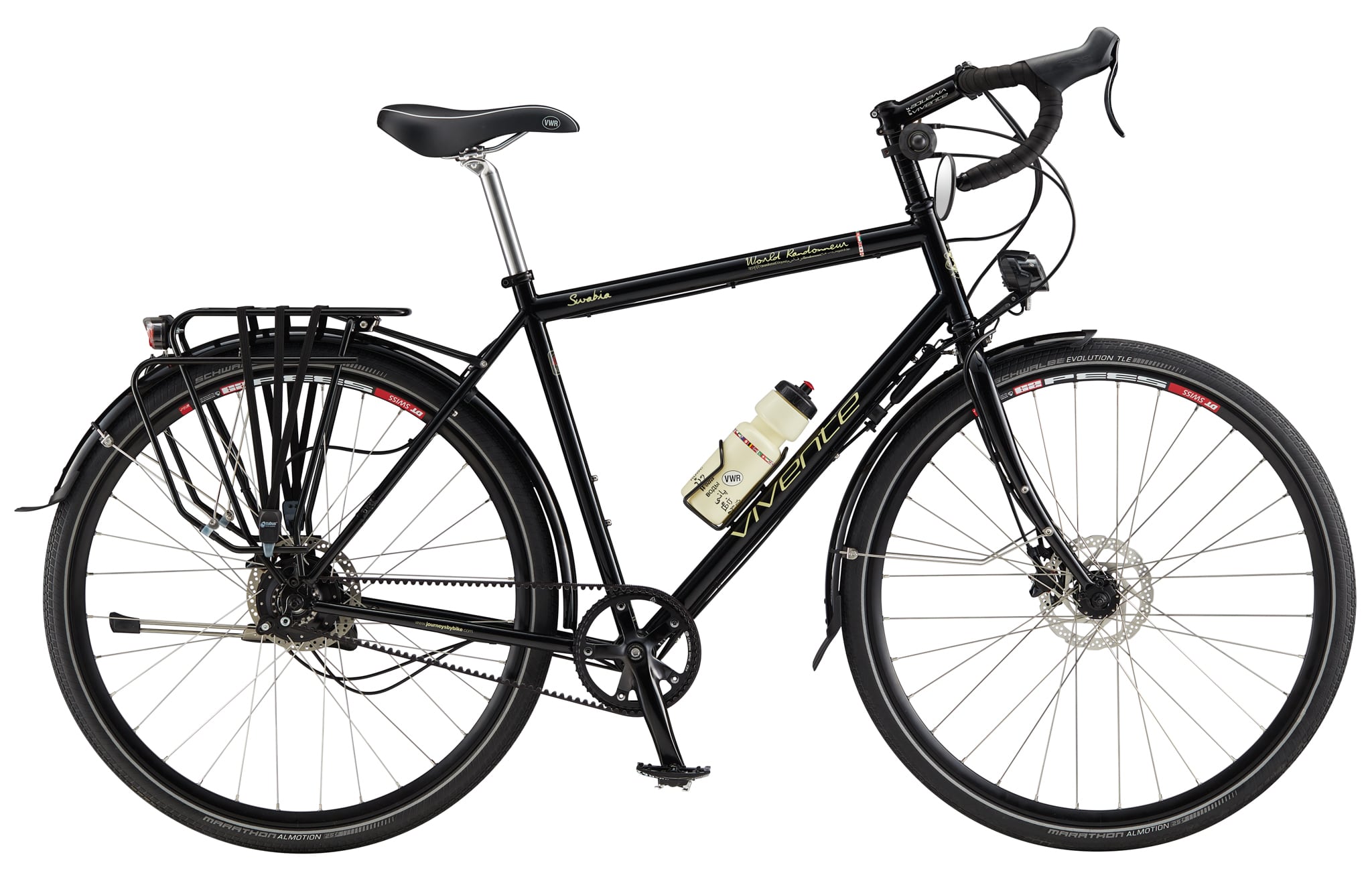
Box Dog Pelican Randonneur
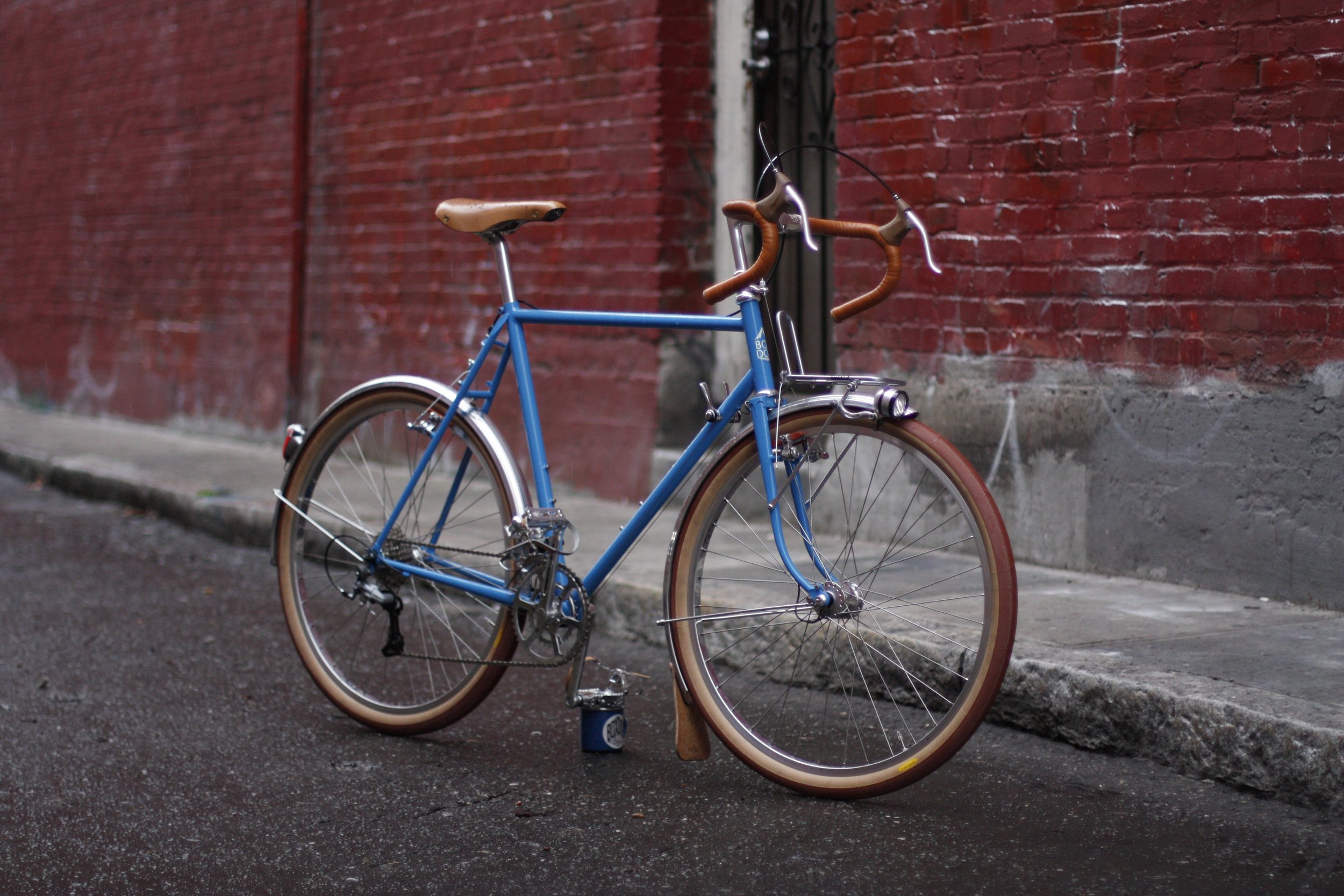
Twin Six Standard Rando

Crust Lightning Bolt
Chapman Cycles Randonneur

Nobilette 650B Randonneur
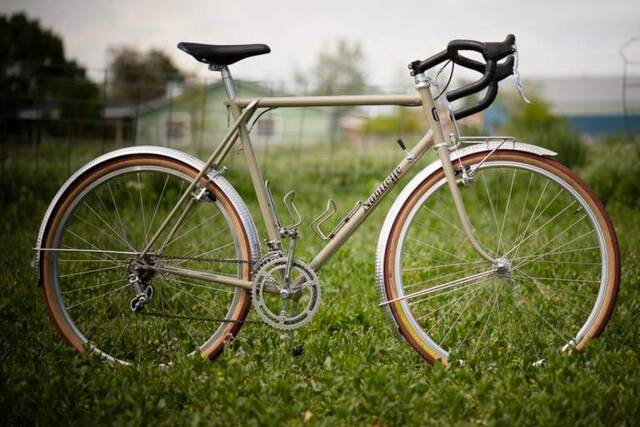
Rose Backroad Randonneur Ultegra

Bantam Bicycle Works Custom Randonneur

La Fraise Cycles Randonneur 650b

The Van Nicholas Yukon

Johnny Coast Randonneur
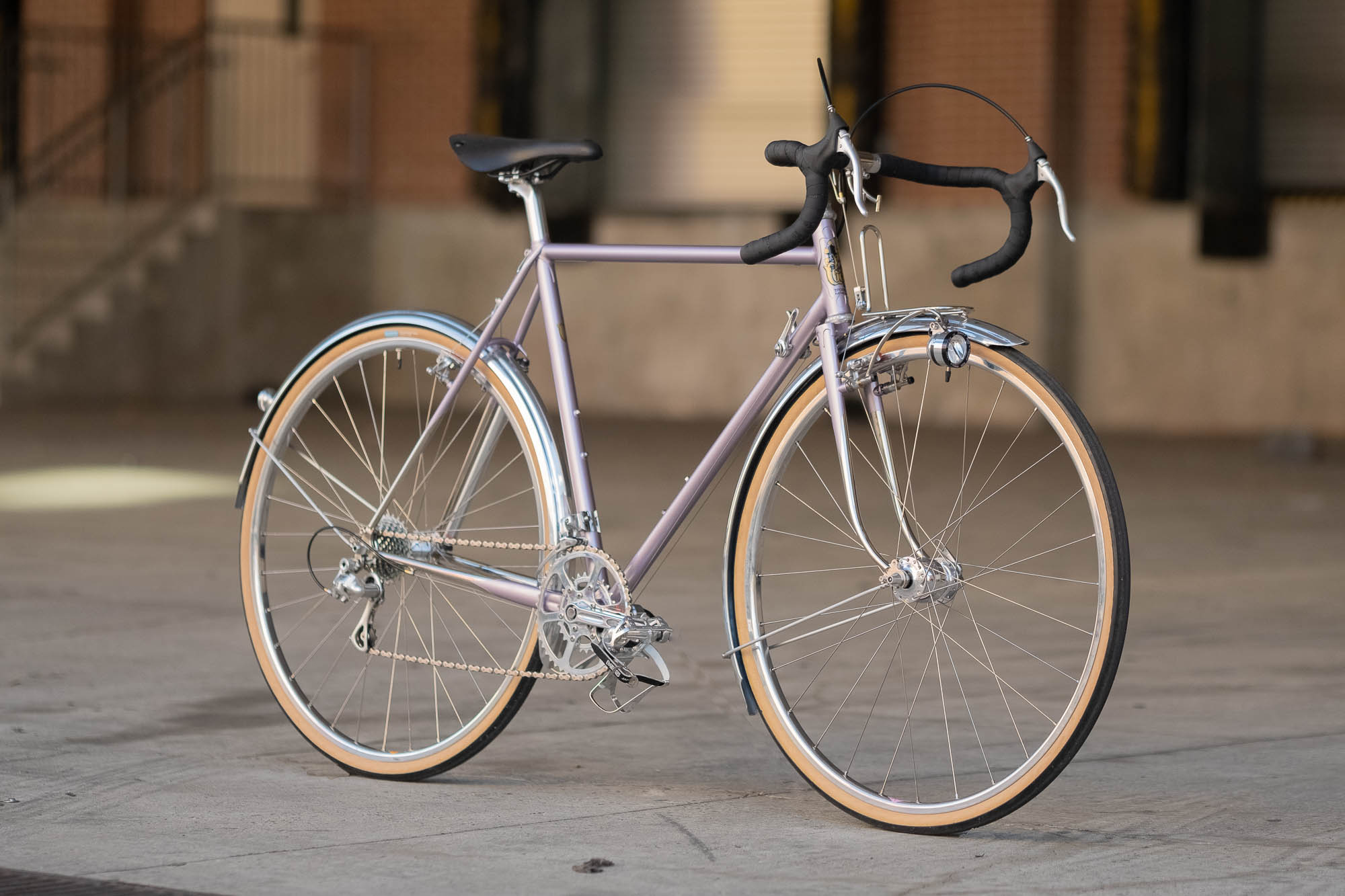
In Conclusion
Randonneur bikes may be built on 80’s technology, but they embody versatility, comfort, and top-tier performance that make them worthwhile for long-distance cycling events, touring, and everyday riding. The recent surge in their popularity is a testament to their enduring design and appeal.
As you embark on your journey with a randonneur bike, remember to prioritize comfort and durability, and don’t forget to equip yourself with proper lighting and accessories.
When it comes to Audax cycling, Randonneur bikes can vary a lot. The most important things to think about are reliability, comfort, and luggage space for the distance you’ll be riding.
Take the Thorn Audax Mk3, for example. It’s great for regular commuting and 200-600 km Randonneuring. It’s super versatile, comfy, and performs really well. Weighing in at about 10 kg with a 102 cm wheelbase, you’d think it wouldn’t handle well, but thanks to the Shimano Deore hubs, Mavic Open Sport rims, and 28mm Ultremo ZX tires, it’s awesome. The Mk3 has a wide range of gears with its triple chainset and reliable Shimano Tiagra shifters. The saddle and frame features make for a comfy ride, even on rough terrain. The top tube and the deep drop anatomic bar make shifting your weight and position quick and comfy. Thorn’s 5 years in the industry really shine through in the performance and reliability of their Randonneur bikes.
So go ahead, pedal on, and let your Randonneur bike take you on unforgettable adventures.

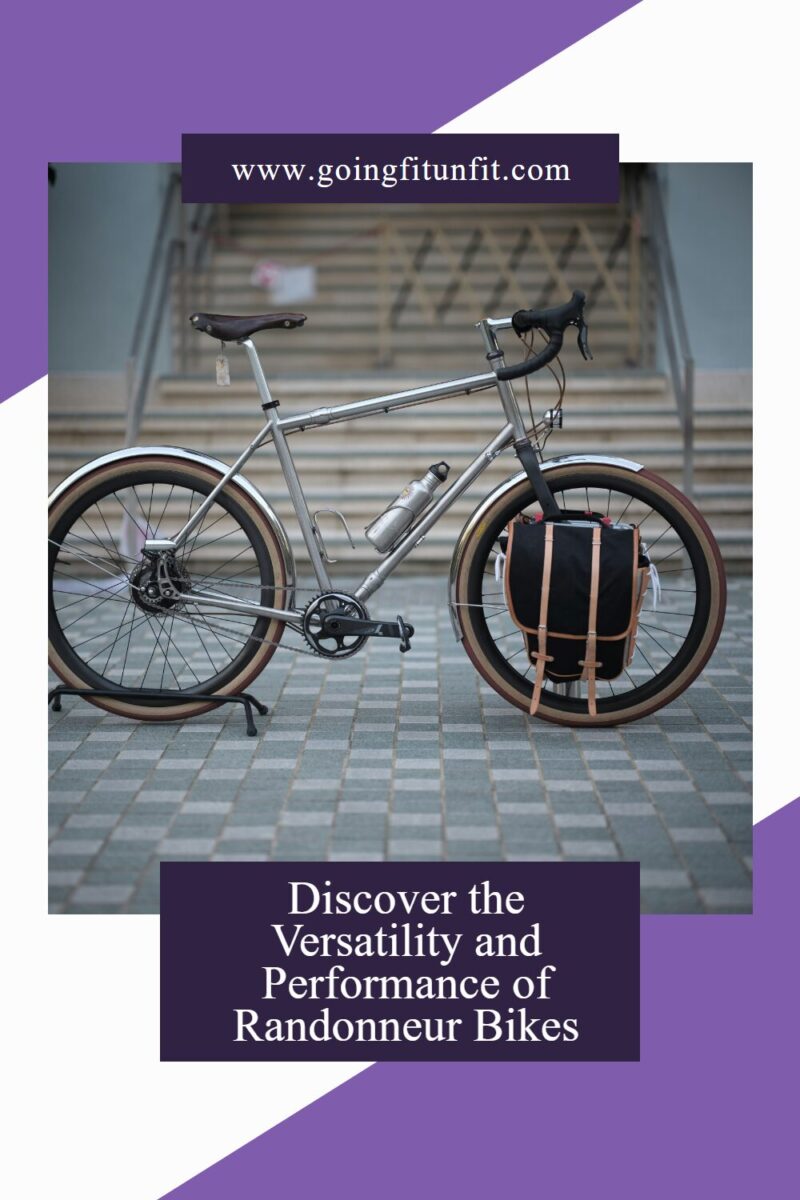
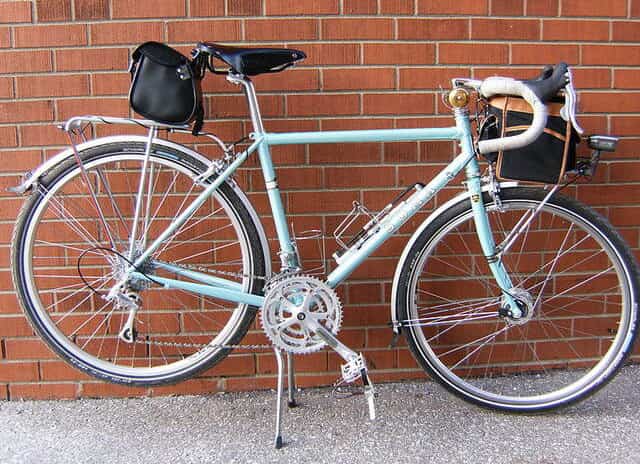









Thank you for sharing
RADICAL BIKES!